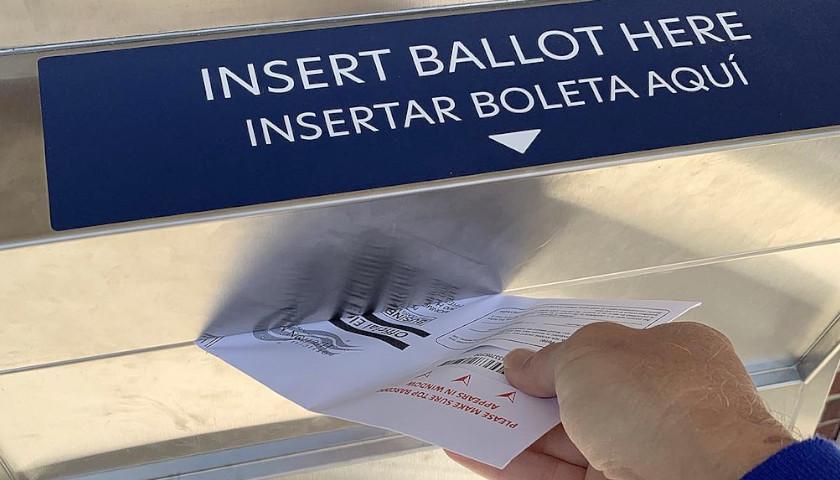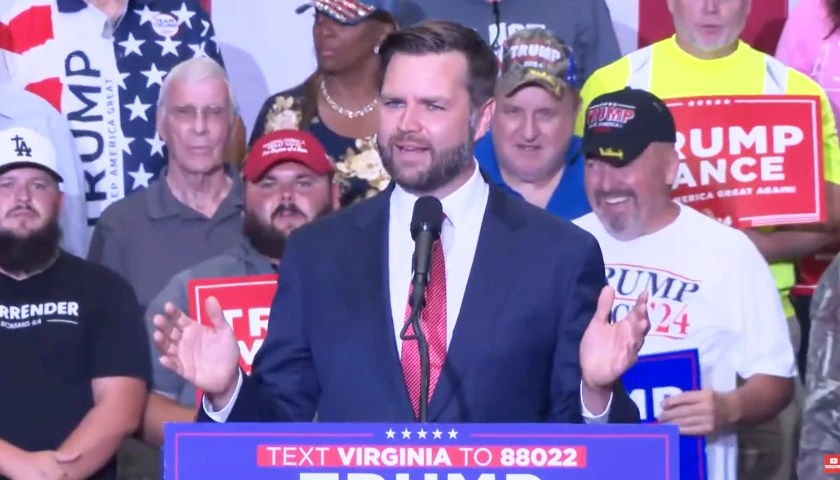A report released Monday by Pennsylvania’s Independent Fiscal Office (IFO) shows that new Keystone State employment opportunities fell in June, marking a three-month overall decline.
Examining numbers from the federal Department of Labor, the IFO found that around 393,000 new jobs opened in June. Although that number exceeds the 281,000-per-month average for job openings that preceded COVID-19 in 2020, it continues a downward slope that began after new employment offerings reached 514,000 in March.
The IFO’s monthly economic update furthermore observed a stagnant state workforce participation rate; the percentage of Pennsylvanians age 16 or older who are employed or looking for work has stayed at 61.7 percent since May, significantly under the pre-COVID average of 62.8 percent.
Some positive news came in regarding the monthly change in payroll employment: Thirty-one thousand more commonwealth residents held payroll jobs in July. That dwarfs the 5,000 average change in payroll jobs that preceded the pandemic, though pre-COVID America had experienced several years of robust economic growth uninterrupted by mass business closures from which it needed to rebound.
“The latest monthly data continue to show solid gains in payroll employment and relatively strong (though diminishing) desire for new hires by businesses,” the report stated. “If net hiring (i.e., change in payroll jobs) continues, even at a moderate pace, then that would be a reliable indicator that the state economy has likely not entered into recession.” (In broader terms, the U.S. is already enduring recession, having experienced two quarters of negative growth.)
Yet Pennsylvania employment looks less impressive compared with other states. Pennsylvania’s jobless rate is now at 4.3 percent, the seventh-highest figure among all states (and eighth-highest if Washington, D.C. is included).
When it comes to recent job gains, Pennsylvania also lags behind. Frank Gamrat, executive director of the Allegheny Institute for Public Policy, said this is best discerned when comparing current statistics with those of the same month in the previous year to eliminate seasonality as a factor.
In July 2022, he noted, 6.171 million Pennsylvanians held jobs, a 2.8-percent increase over the figure for July 2021. National employment however jumped 3.7 percent over the same period.
“Our gains typically lag the nation,” Gamrat said. “We’re just kind of struggling to get above where we were in July of 2019, and we did make some gains, just not a whole lot. So our economy statewide can be still described as sluggish at best; we’re just kind of scuffling along here.”
He added that nonfarm job numbers paint a distressing picture of the commonwealth’s path back from the havoc wrought by lockdowns and other countermeasures Governor Tom Wolf (D) imposed after the coronavirus hit. Statewide nonfarm employment was at 5.981 million last month whereas Pennsylvanians held 6.04 million non-agricultural jobs in July 2019.
“We haven’t even regained what we lost from the pandemic,” Gamrat said. “And here we are two years out.”
He described Pennsylvania’s pursuit of prosperity as uneven, with healthcare, hospitality and education faring much better than manufacturing. If the state wants a more thoroughly thriving economy, he insisted, it needs a stronger manufacturing sector.
“In Pennsylvania, we tend to look down at industry and manufacturing nowadays,” he said. “Those are really jobs that have what we call spinoff effects.”
He recollected when the Pittsburgh area had a thriving steel industry as an example of those effects.
“You’d walk outside the steel mill and you’d see diners and bars all over the place,” he recalled. “You walk outside hospitals, not so much. You look at leisure and hospitality and, I mean, there’s just a little bit of that and they’re not really value-added jobs.”
He opined that lawmakers’ decision to begin a phased reduction of the state corporate net income tax — currently the second-highest in the nation — was one positive step toward a freer economy, though he said more steps should be taken. Those include reforming prevailing wage and other labor policy as well as supporting energy production by leaving the onerous Regional Greenhouse Gas Initiative.
“We’re not putting up welcome signs to businesses in this state,” he lamented.
– – –
Bradley Vasoli is managing editor of The Pennsylvania Daily Star. Follow Brad on Twitter at @BVasoli. Email tips to [email protected].
Photo “Cooks” by Rene Asmussen.





